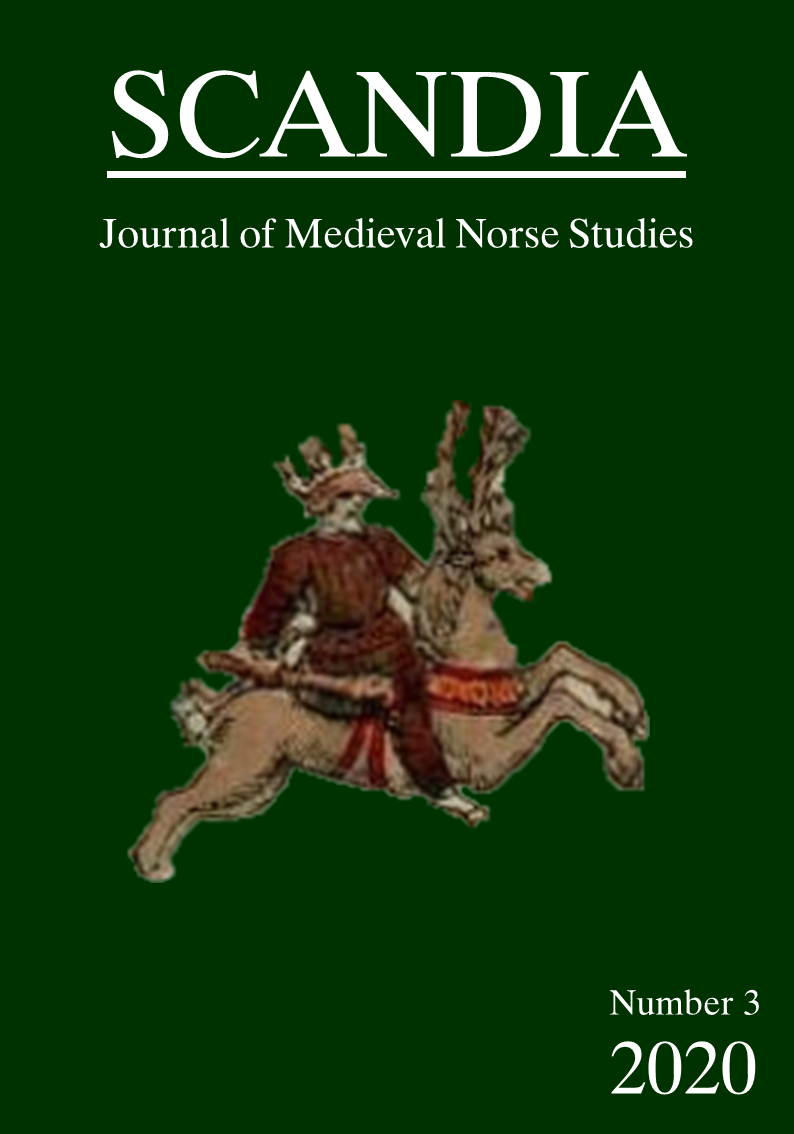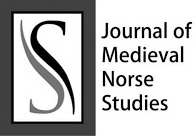DWARFS’ FAMILY RELATIONS AND FEMALE DWARFS IN SOME MEDIEVAL NORDIC SOURCES
Resumo
In this article, it is argued that the dvergar in Old Norse sources, such as skaldic poetry and the Eddas, contrary to what has often been claimed by previous research, are hardly an all-male race deprived of family life and the possibility to have children. While it is true that these sources do not contain any explicit references to female dwarfs, they contain relatively many references to familial relations between dwarfs, such as ancestor–descendant, father–son and brother–brother relations. Saga literature, by contrast, contains explicit references to sisters, daughters and wives of dwarfs. This difference between skaldic poetry and the Eddas, on the one hand, and saga literature on the other, is explained in terms of relationships of power between acting persons in the different narratives. In skaldic poetry and the Eddas, the dwarfs are depicted in interaction with the gods, who have the power to command the dwarfs to produce the objects the gods need; therefore, the gods do not need to manipulate the dwarfs by bringing their families into play. Consequently, the gods do not need to care about dwarf families. In saga literature, the dwarfs interact with human protagonists who do not have the same power over dwarfs. They therefore need to manipulate them, and this manipulation sometimes involves acting in a certain way towards the dwarf’s family.
Downloads
Downloads
Publicado
Edição
Seção
Licença
O(s) autor(es) do original apresentado se compromete(m) a cumprir o que se segue:
- Todos os autores responsabilizam-se publicamente por ele.
- Os autores afirmam que este original é de sua autoria e que assumem integral responsabilidade diante de terceiros, quer de natureza moral ou patrimonial, em razão de seu conteúdo, declarando desde já que a obra não infringe quaisquer direitos de propriedade intelectual de terceiros.
- O(s) autor(es) concordam em ceder os direitos autorais do original à Revista Scandia, à qual concedem permissão para sua reprodução, edição e publicação on-line.
- O(s) autor(es) outorgam seus direitos autorais de seu original à Revista Scandia, licendiado sob a Criative Commons Attribution License, que permite o compartilhamento deste trabalho com o reconhecimento de sua autoria.
- O(s) autor(es) têm permissão e são estimulados a citar e distribuir seu original.



